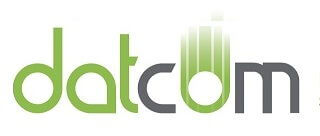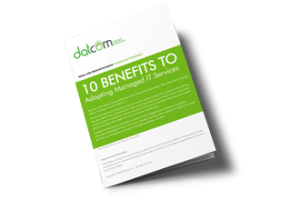Since the late 19th century, office environments have used the filing cabinet to keep records stored in an efficient order. However, today’s workplace environment contains more technology than ever before, allowing for more efficient document management solutions. This begs the question, what’s better; the traditional file cabinet, or the digital document management solution?
Accessibility and Permissions
A filing cabinet system is a relatively simple invention, and since it’s located in the office, the only way to access the files stored within is to physically be in the office. We should also note that nothing is stopping an employee from snooping around and browsing files that they may not be privy to. With traditional file cabinets, the only way to keep employees from browsing files is to lock the drawers or to use a separate cabinet altogether. A security move like this unnecessarily complicates accessing files.
In comparison, a document management solution can be accessed anywhere through the cloud via a secured Internet connection–as long as the user has proper login credentials. This improves worker mobility and eliminates the risk that your employees might lose physical copies of your files. Plus, a document management solution allows you to delegate access on a per-user basis so that your employees can access everything they need to do their jobs, and nothing more. If an employee needs to access something in particular that they don’t have permission for, then a quick message to an administrator can resolve this.
Versions of Documents and Searching for Them
A file cabinet can hold a big stack of documents, many of which are probably different versions of the same thing. As years go by, information may change and these documents may require edits, and you can’t really throw everything out because information from your older documents may still prove valuable. As you have likely experienced, digging through filing cabinets just to find a specific version of a document is both time-consuming and inefficient, and it only gets worse the longer your business is around.
That is unless you equip your organization with a digital document storage system. A user can easily view the previous versions of a document, so long as the functionality has been built into their solution. Plus, if you misplace a file, all you have to do is use a built-in search feature to locate it.
Disaster Preparedness
This is perhaps the only real advantage that the traditional file storage cabinet might have over document management systems. Say what you will about them, but they are more likely to survive a disaster than an on-site server unit. Of course, nothing can stop the brute force of nature; not even a bulky filing cabinet. Floods, fires, and other disasters can (and probably will) still destroy your physical files.
Document managers have the advantage of being maintained off-site, isolated from whatever unfortunate circumstances that your business may run into. Plus, with regular data backups, you can mitigate damage done to your file storage infrastructure easily enough, even under the worst conditions.
Scalability
A four-drawer standard file cabinet can hold approximately 2,500 pages in each drawer for a total of 10,000 pages, and takes up 119.17 square feet in the office. Comparatively, a gigabyte of data, or approximately 71,942 one-page documents, can be stored on a chip that takes up less space than a coin.
The answer is clear. A document management solution is far superior to your traditional filing cabinet. To get started, reach out to DatCom, LLC at (903) 320-5330.


